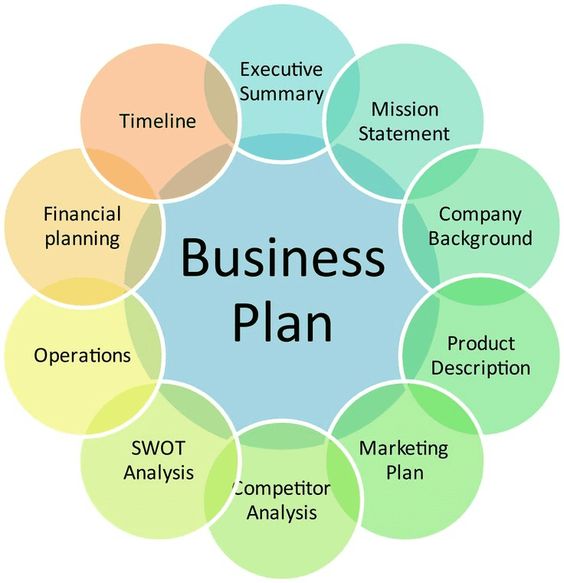How to plan business strategy?
A business plan strategy is a planned approach to establishing a company’s goals, vision, and roadmap. It gives direction and helps stakeholders understand how the organization intends to achieve its goals. The following is an overview of major tactics that should be part of a company plan.
1. Vision and Mission Strategy.
Vision: Define the business’s long-term goals. What do you hope to accomplish in 5-10 years?
Mission: Emphasize the aim of the company. Why does it exist, and who does it serve?
Example: Vision: To be the most customer-centric e-commerce platform globally.
Mission: To empower small companies by offering a smooth online marketplace.
2. Market Analysis Strategy.
Determine who your clients are (age, gender, preferences, and geography).
Market Trends: Examine industry growth, prospects, and potential threats.
Competitor Analysis: Examine your competitors’ strengths, weaknesses, market position, and pricing methods.
Key Tools: SWOT Analysis and PESTLE Analysis.
3. Value Proposition Strategy.
What makes your company unique? Determine your competitive edge.
Clearly express the value your product or service offers.
For example, providing 24-hour customer service or offering environmentally responsible products.
4. Revenue Model Strategy.
Define how the company will make money.
Include all sources of income, such as product sales, subscriptions, services, and advertising.
Highlight your pricing strategy, such as competitive pricing, premium pricing, bundling, and so on.
Consider a SaaS firm with monthly or annual subscription pricing for customers and investors.
5. Strategy for Operations
Describe the daily operations of the firm.
Describe the procedures for quality control, inventory management, and the supply chain.
Emphasize technology systems or instruments to improve operations.
6. Strategy for Marketing and Sales
Marketing: Branding: Taglines, brand messages, and logos.
Digital marketing includes email campaigns, social media, and SEO.
Conventional marketing includes sponsorships, events, and print advertisements.
Lead generation, conversion tactics, and customer retention comprise the sales funnel.
Channels: B2B, retail, internet, etc.
7. Budgetary Planning
Make a three- to five-year financial projection.
Add the following: a revenue forecast.
Estimates of expenses (both variable and fixed).
analysis of break-even.
Determine the sources of funding: investors, loans, and self-funding.
8. Strategy for Growth and Expansion
Describe your strategy for growing the company.
new areas or markets.
collaborations or partnerships.
new lines of goods or services.
9. Strategy for Risk Management
Determine any possible hazards, whether they be operational, financial, or market-related.
Create backup strategies for every possible risk situation.
For instance, having a backup supplier ready in case a major one fails.
10. Exit Strategy (Investors’ Option)
Make a plan for how investors will get their money back in the event that the company closes or is sold.
Options include buyback, IPO, and acquisition.
